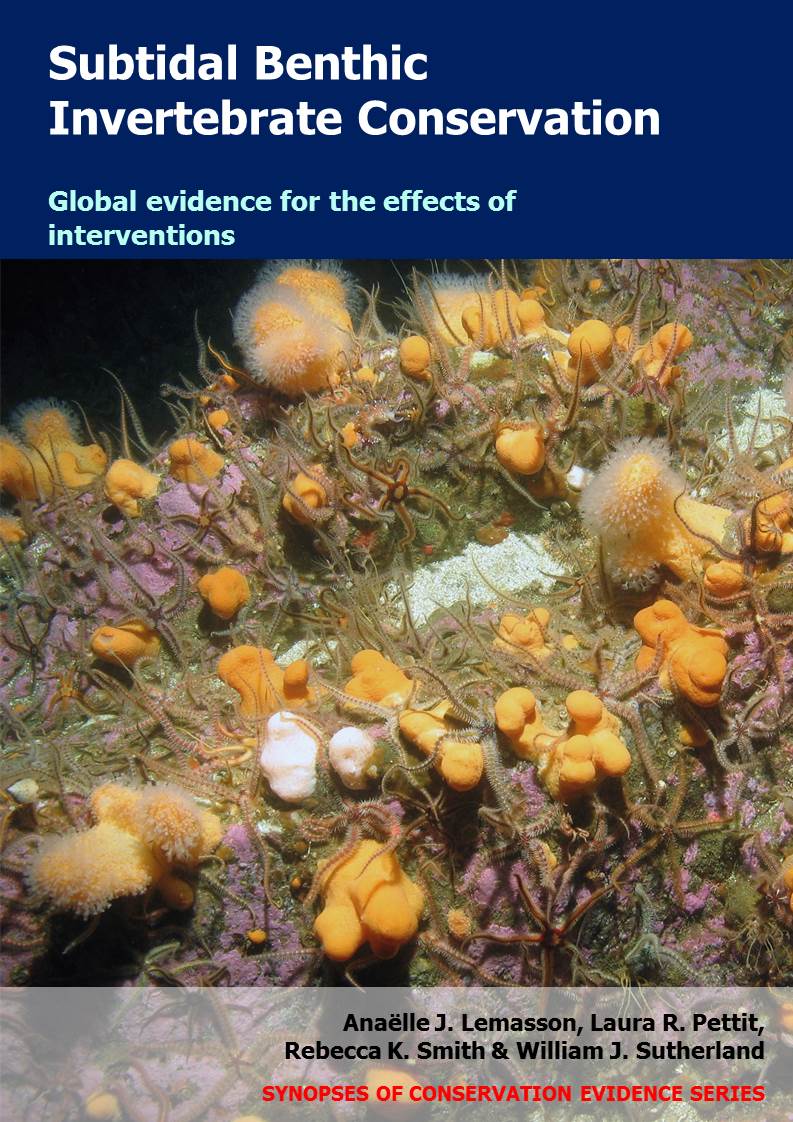Background information and definitions
Some non-native, invasive or other problematic species have potential recreational or commercial use and therefore could be valuable. For such species, such as the edible Pacific oyster Crassostrea (also known as Magallana) gigas or Wakame kelp, Undaria pinnatifida in the UK (Epstein & Smale, 2017), management of populations established in the wild could potentially be through intentional recreational or commercial harvest (Nuñez et al. 2012; Pasko et al. 2014). For instance, a campaign called “Eat Lionfish” in 2010 aimed to promote the capture of the lionfish Pterois volitans, which is invasive in many parts of the world, for human consumption (Franke 2007; Nuñez et al. 2012). However, it is possible that enabling collection/hunting/fishing of introduced, non-native, or problematic marine species can lead to unintentional, perverse incentives to maintain an invasive population (Campbell et al. 2009). This may lead to acceptance of introduced marine species, with a reduced motivation to act to eradicate and/or manage invasive, non-native, and problematic species, which is often against International Treaties that a country may be signatory to (Campbell et al. 2009). Experts advise that a balance needs to be considered and struck between controlling/eradicating and creating unintentional perverse incentives to maintain a population of non-native, introduced, or problematic marine species (Simberloff et al. 2011).
Campbell M.L., Grage A., Mabin C. & Hewitt C.L. (2009) Conflict between International Treaties: Failing to mitigate the effects of introduced marine species. Dialogue, 28, 46–56
Epstein G. & Smale D.A. (2017) Undaria pinnatifida: A case study to highlight challenges in marine invasion ecology and management. Ecology and Evolution, 7, 8624–8642.
Franke J.M. (2007) The invasive species cookbook: conservation through gastronomy. Bradford street Press, Wauwatosa, WI.
Kilian J.V., Klauda R.J., Widman S., Kashiwagi M., Bourquin R., Weglein S. & Schuster J. (2012) An assessment of a bait industry and angler behavior as a vector of invasive species. Biological Invasions, 14, 1469–1481.
Nuñez M.A., Kuebbing S., Dimarco R.D. & Simberloff D. (2012) Invasive species: to eat or not to eat, that is the question. Conservation Letters, 5, 334–341.
Pasko S., Goldberg J., MacNeil C. & Campbell M. (2014) Review of harvest incentives to control invasive species. Management of Biological Invasions, 5, 263–277.
Simberloff D., Alexander J., Allendorf F., Aronson J., Antunes P.M., Bacher S., Bardgett R., Bertolino S., Bishop M., Blackburn T.M. & Blakeslee A. (2011) Non-natives: 141 scientists object. Nature, 475, 7354.






)_2023.JPG)














